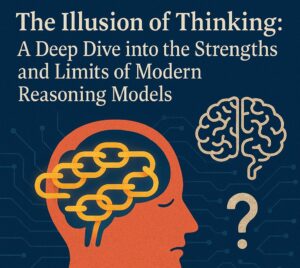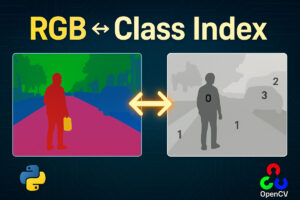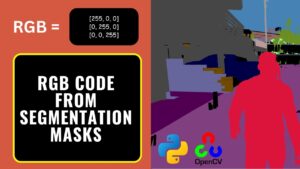
TensorFlow and PyTorch are both popular open-source frameworks for building and training machine learning models. Both frameworks have their own strengths and weaknesses, and the choice between them depends on the specific needs of the project.
Introduction to TensorFlow and PyTorch
TensorFlow
TensorFlow, which was developed by Google, is a powerful and flexible framework for building and deploying machine learning models. It offers a wide range of tools and resources for building and deploying models, including a large community of developers and a comprehensive set of tutorials and guides. TensorFlow also offers support for distributed training and deployment, making it a good choice for large-scale projects.
PyTorch
PyTorch, on the other hand, was developed by Facebook and is known for its simplicity and ease of use. It has a more intuitive interface than TensorFlow and is often considered more developer-friendly. PyTorch also has dynamic computational graphs, which allow for more flexibility in building and modifying models. Additionally, PyTorch has an active community, and it also has a lot of tutorials and examples.
In terms of performance, both frameworks are highly optimized and can handle large-scale projects. However, TensorFlow is generally considered to be more mature and stable, while PyTorch is considered to be more experimental and cutting-edge.
Overall, the choice between TensorFlow and PyTorch depends on the specific needs of the project. TensorFlow is a good choice for large-scale projects and for projects that require a lot of flexibility, while PyTorch is a good choice for projects that require a more intuitive and developer-friendly interface.
Advantages of TensorFlow
- A large community of developers and a comprehensive set of tutorials and guides
- Support for distributed training and deployment, making it a good choice for large-scale projects
- TensorFlow has a wide range of tools and resources for building and deploying models, including TensorFlow Extended (TFX) and TensorFlow Serving.
- TensorFlow offers support for mobile and web deployment through TensorFlow Lite and TensorFlow.js.
- TensorFlow has a rich set of libraries and tools such as TensorFlow Datasets, TensorFlow Hub, and TensorFlow Addons, which makes it easy to build, train, and deploy models.
- TensorFlow has a rich set of visualization tools like TensorBoard, which provides a visual representation of the model’s performance and structure.
Drawbacks of TensorFlow
- TensorFlow has a steeper learning curve compared to PyTorch
- The interface of TensorFlow can be complex and hard to understand for beginners.
- TensorFlow’s static computational graph can make it harder to debug and modify models.
Advantages of PyTorch
- PyTorch has a more intuitive interface than TensorFlow and is often considered more developer-friendly.
- PyTorch has dynamic computational graphs, which allow for more flexibility in building and modifying models.
- PyTorch has a growing community, and it also has a lot of tutorials and examples.
- PyTorch has a number of libraries for high-performance computing such as CUDA and cuDNN, which can improve the training speed of models.
- PyTorch offers an easy-to-use API for data loading, preprocessing and visualization.
- PyTorch has built-in support for ONNX, which allows PyTorch models to be exported to other frameworks, such as TensorFlow.
Drawbacks of PyTorch
- PyTorch is a relatively new framework, and it may not have as many resources and tutorials as TensorFlow.
- PyTorch does not have as many tools and libraries as TensorFlow, which may limit its capabilities for building and deploying models.
- PyTorch does not have as mature support for distributed training and deployment as TensorFlow.
Summary
In summary, TensorFlow and PyTorch are both powerful and popular frameworks for building and training machine learning models. TensorFlow is powerful and flexible, while PyTorch is simple and easy to use. TensorFlow is more mature and stable, while PyTorch is more experimental and cutting-edge. The choice between them depends on the specific needs of the project.
Read More





